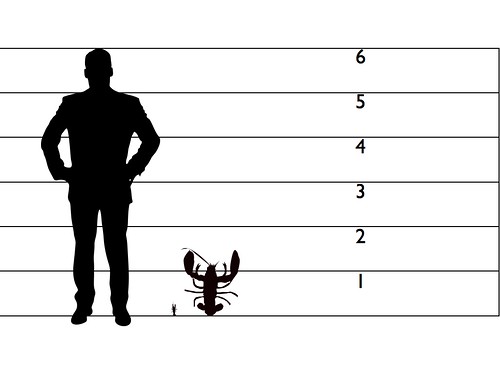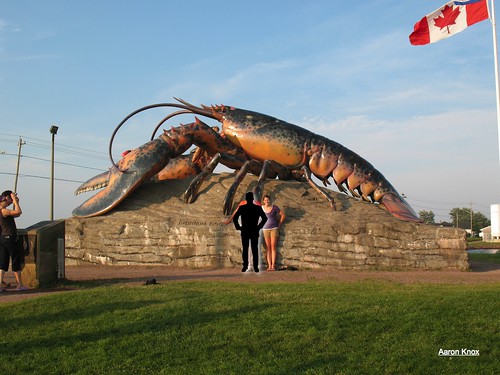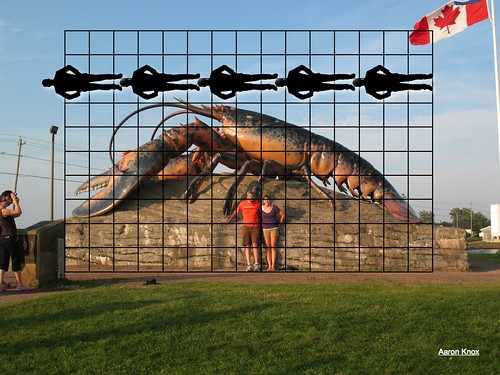I’m still messing around with engaging elementary students with measurement and estimation. My own kids seem pretty interested. I don’t know if that’s a good measure at all. It has been a new experience for me to see how the different ages are able to engage with the same media. It is interesting to have your own tiered test group at hand- no matter how biased.
This particular structure was sparked by one of the elementary specialists commenting that the students would often guess similar weights for a lion and a cat. My idea is to present similar animals but of very different sizes.
I see it going something like this.

Solicit comments about what kids know. Have the students guess which one is bigger. How much bigger?

I may need a child sized silhouette rather than an adult- probably a good idea to mix the gender as well. I don’t know if that opens up additional areas of confusion. This is a also where I might add a zoomed in slide that breaks things down by inches. I think it’d be important to have a scale grid on the wall for students to measure themselves against. If it had the silhouettes, on it all the better.

Now we have a much larger scale. What unit of measurement do you use? How big is this lobster? How can you tell?

The actual statue in Shediac, New Brunswick is supposed to be 35 feet long. That seems a little off if we assume the guy is about 6 feet tall. It may be that the perspective is messing things up some. It may be that guy is very large (and with a very large woman). Troubleshooting estimation issues in photographs with students would be worthwhile I think. You could play some fun games with that especially given things like Japanese perspective photo fads.
